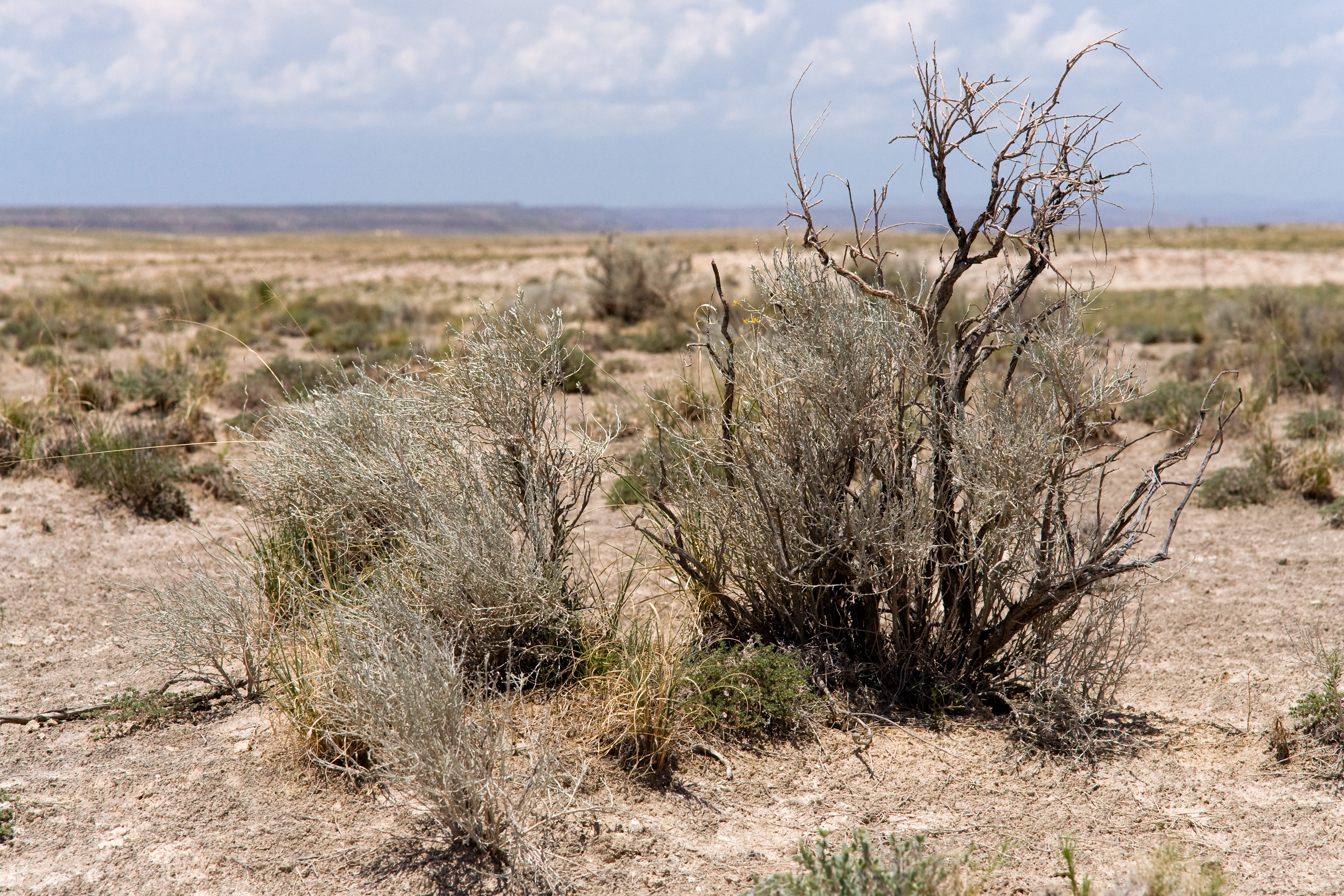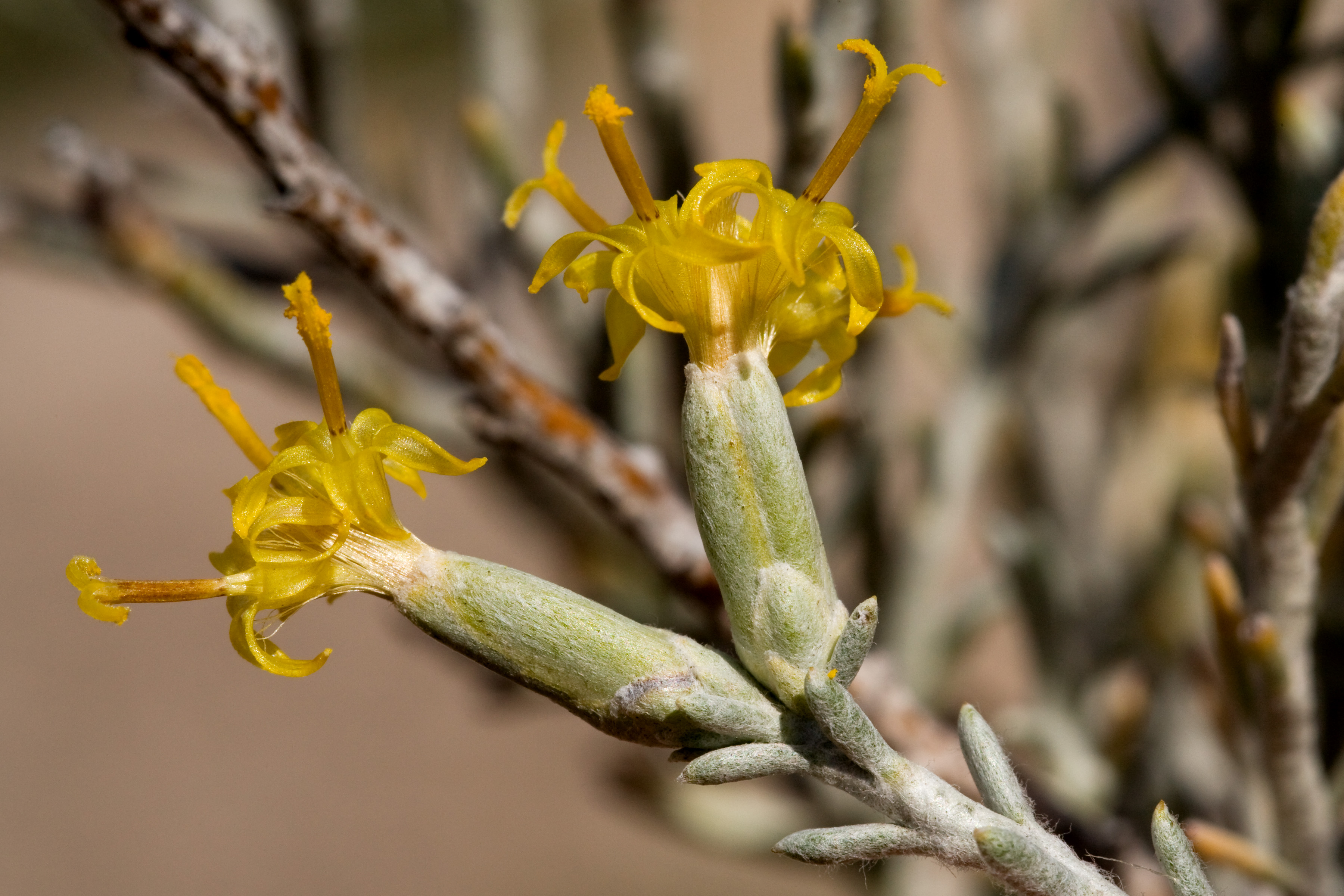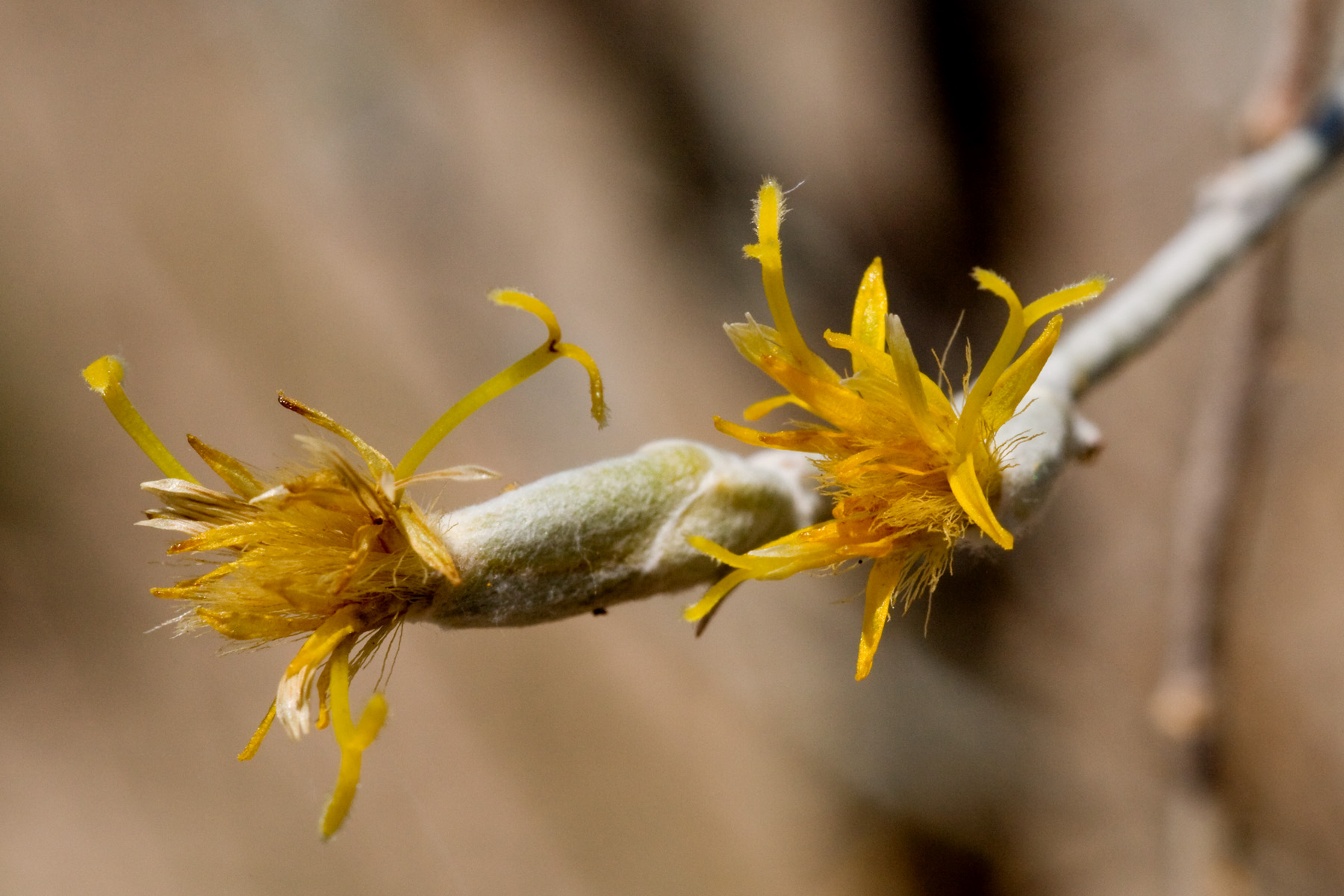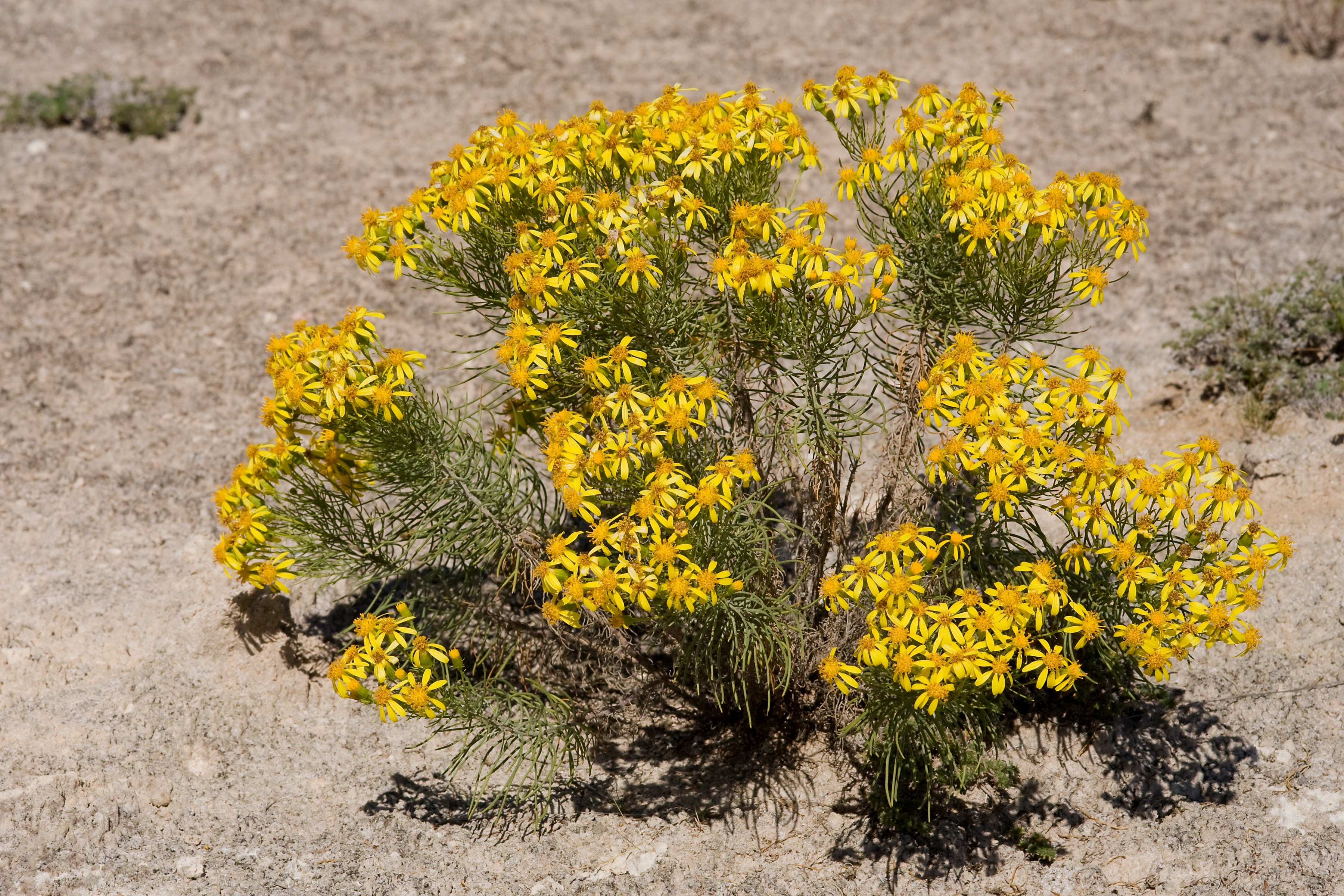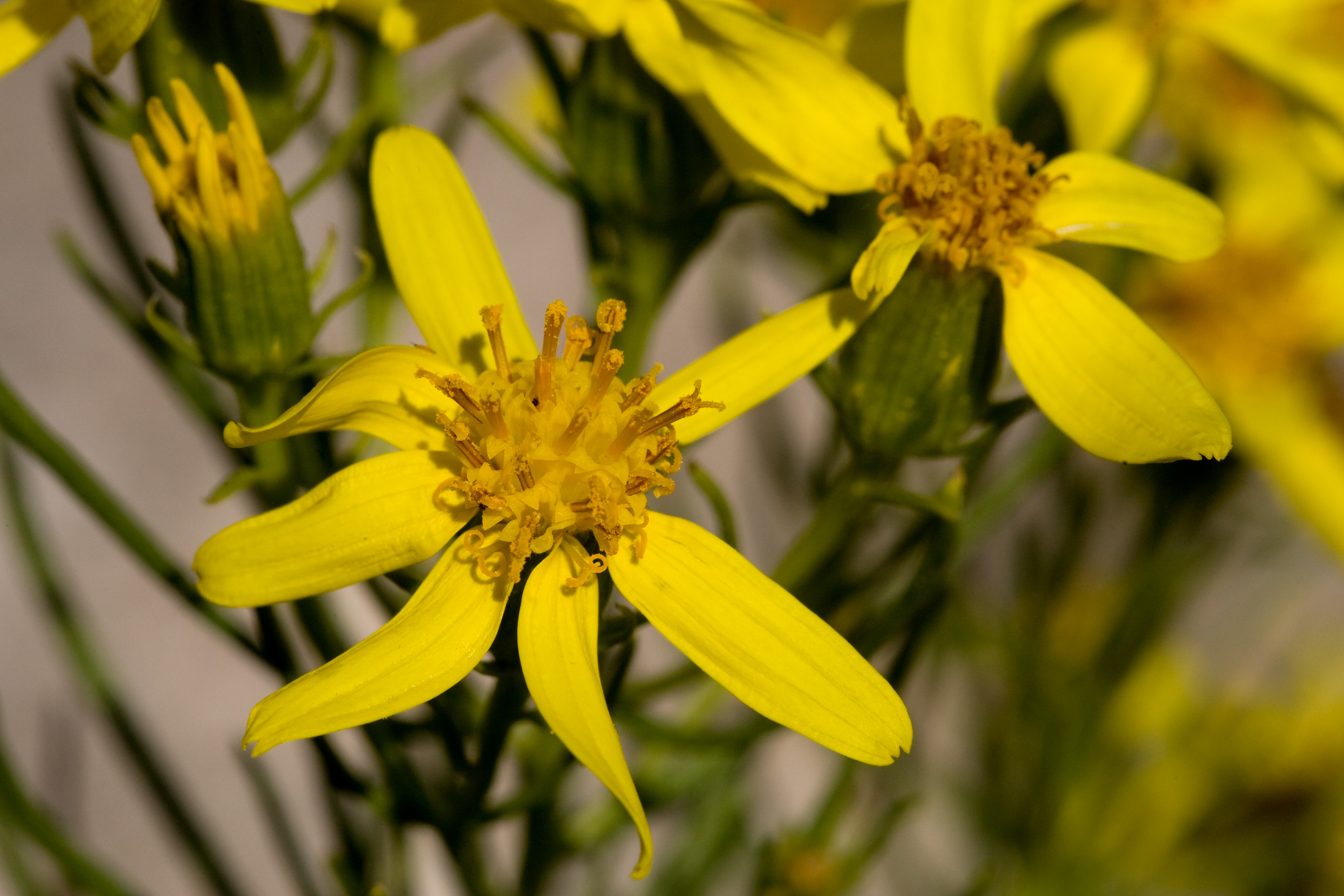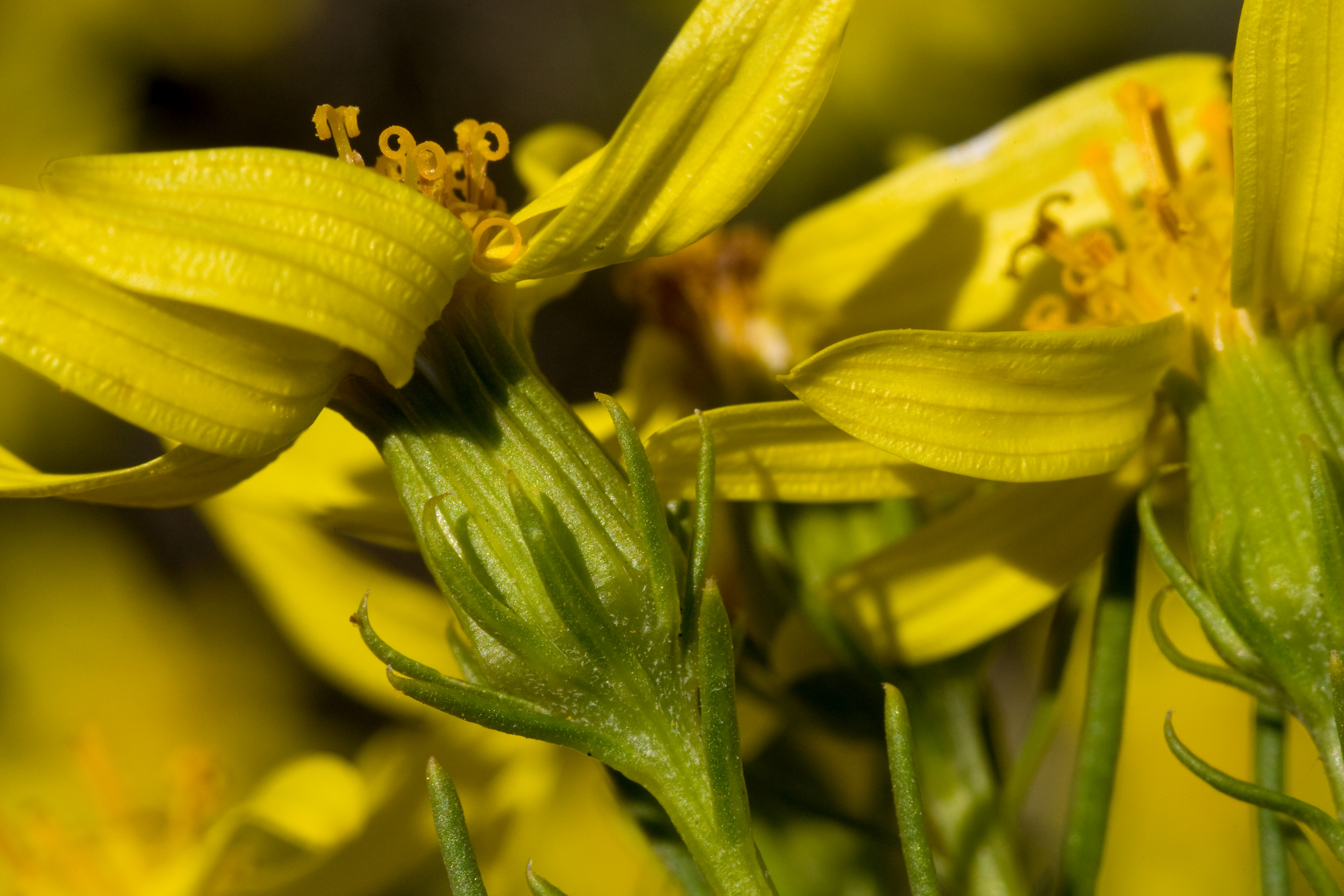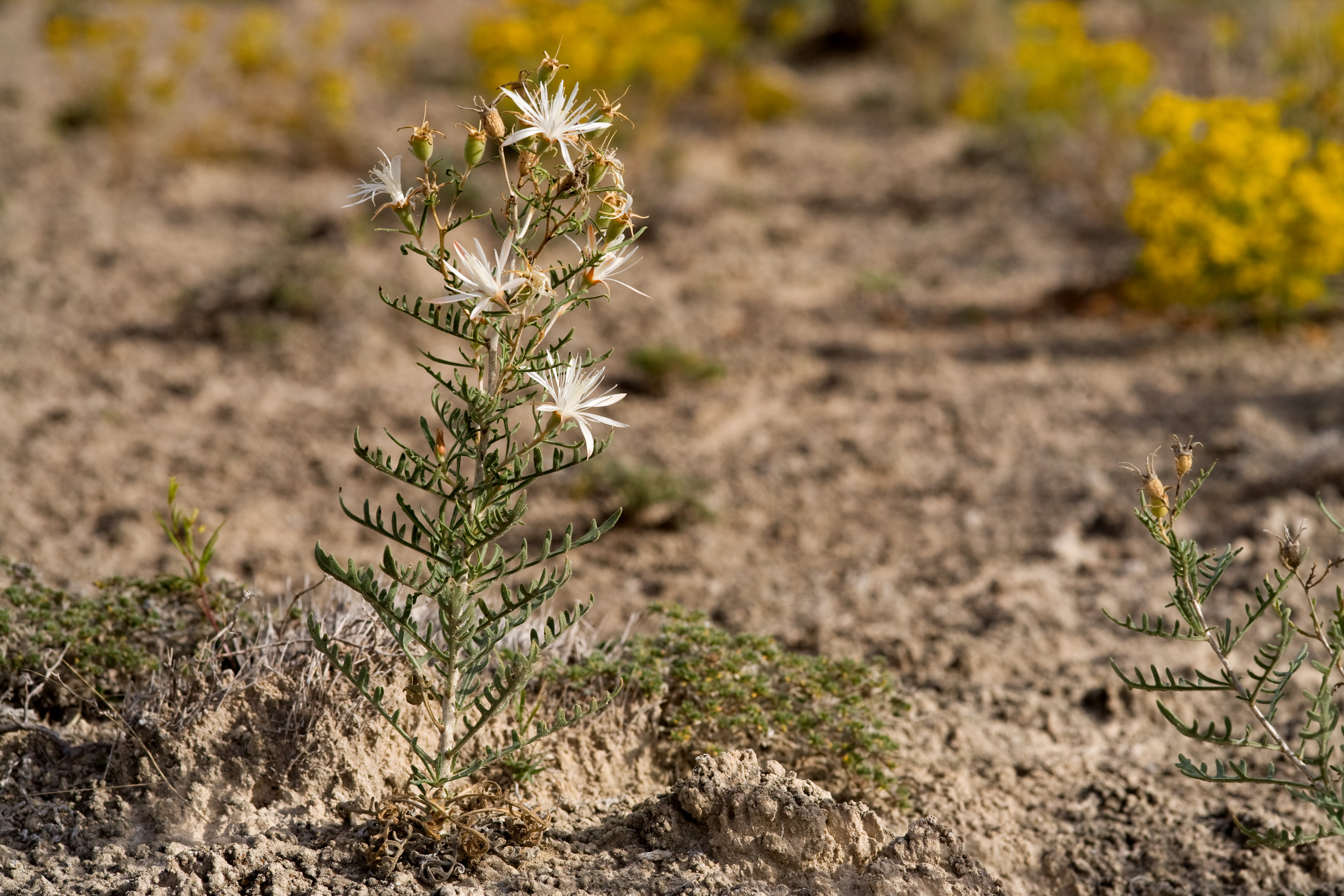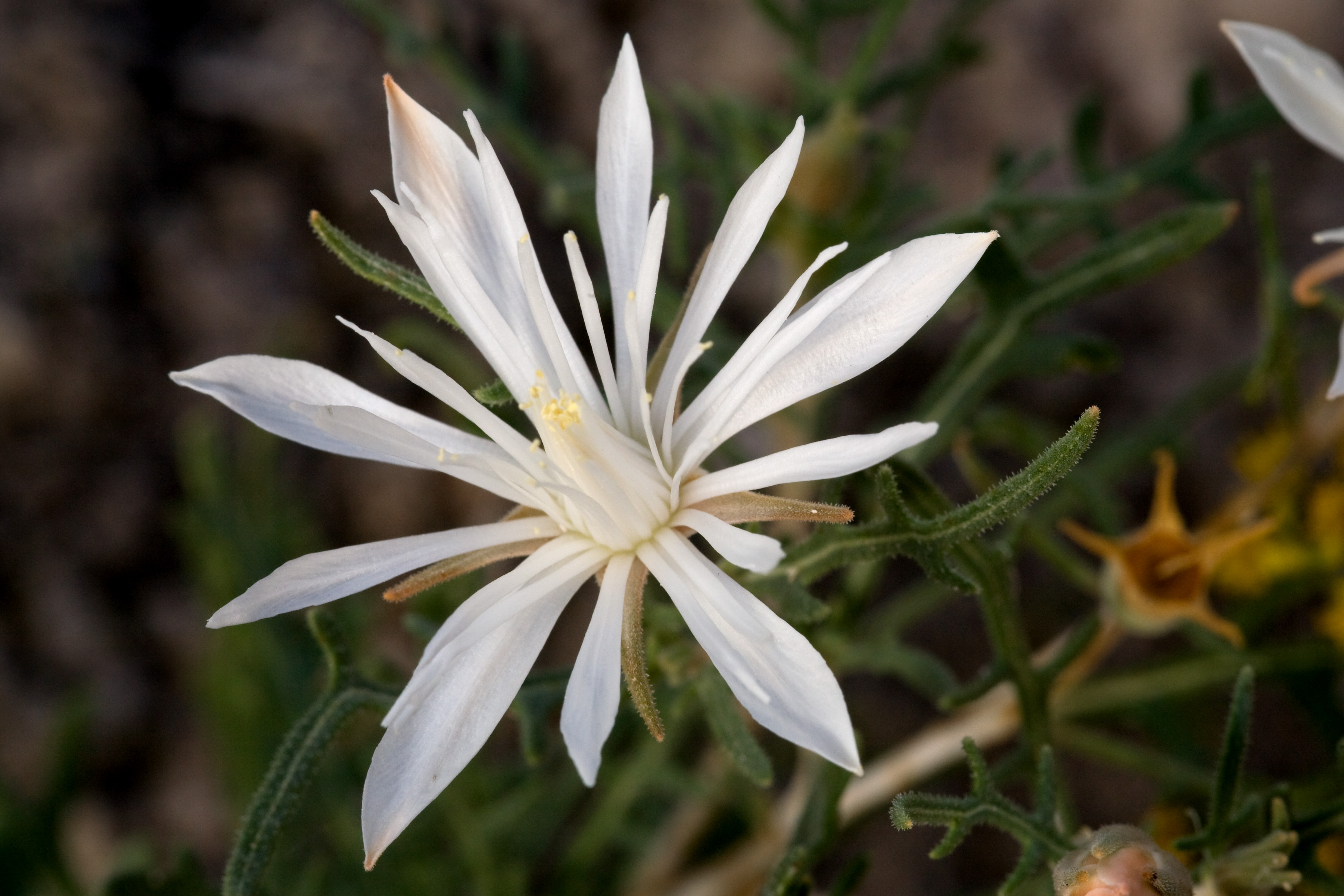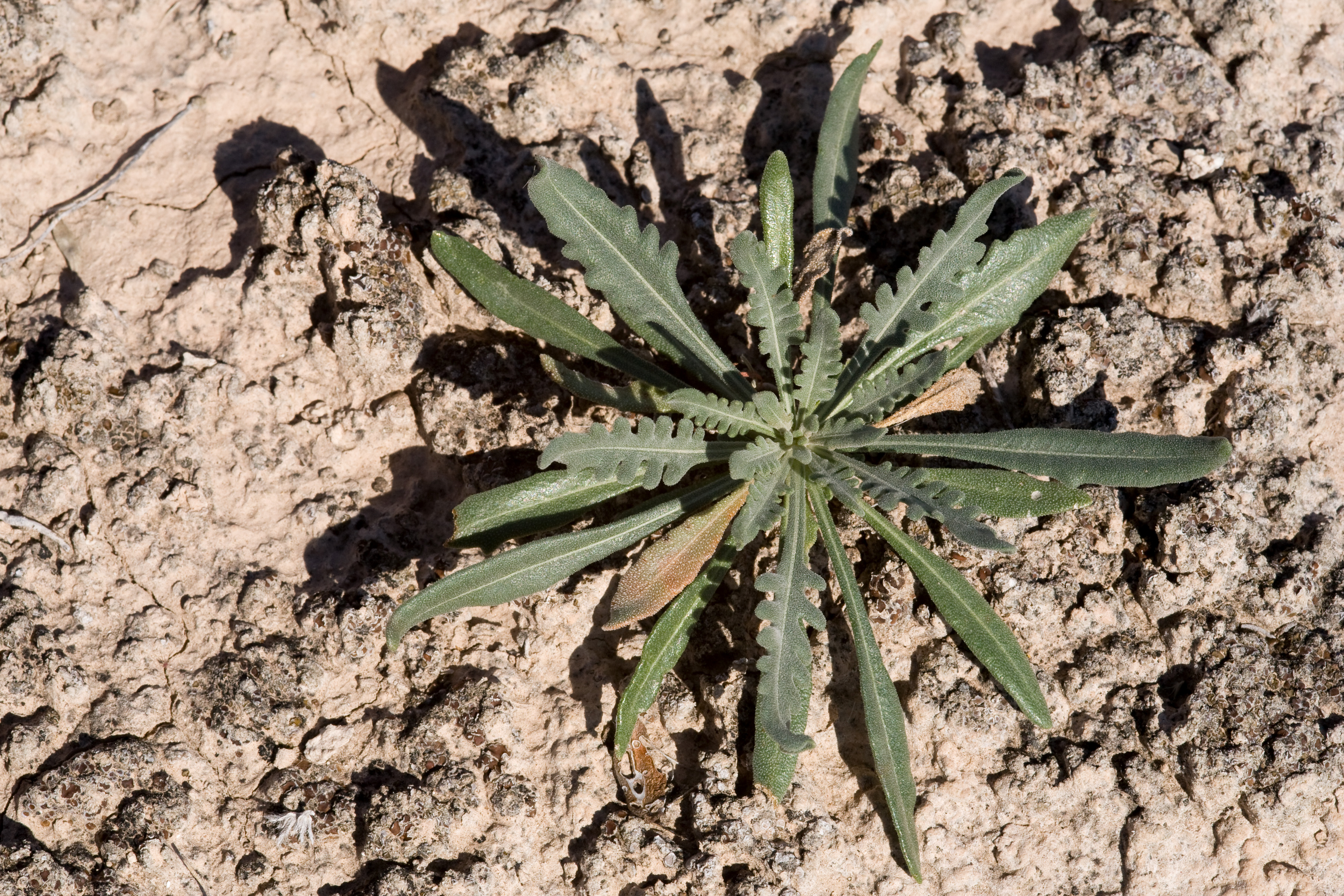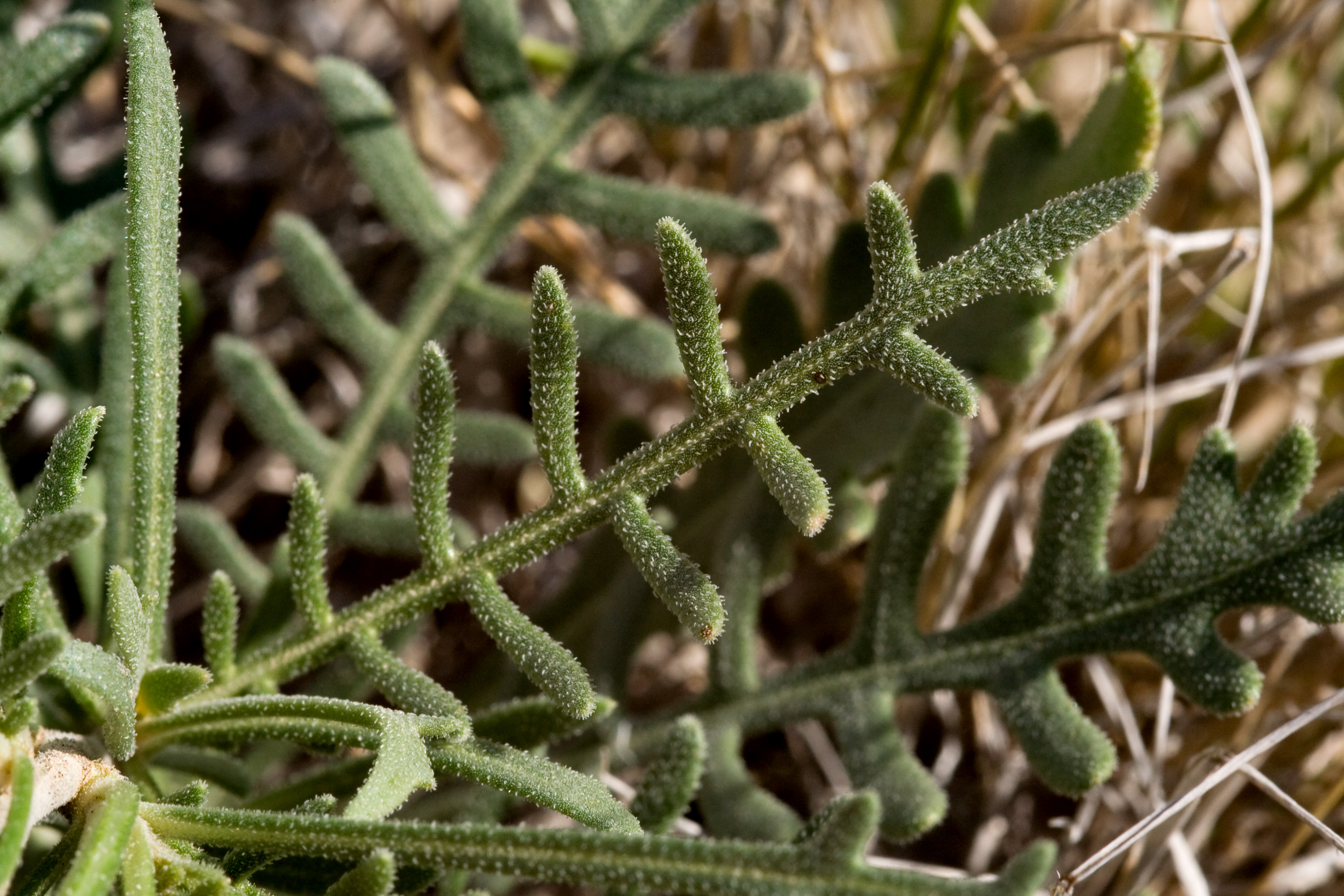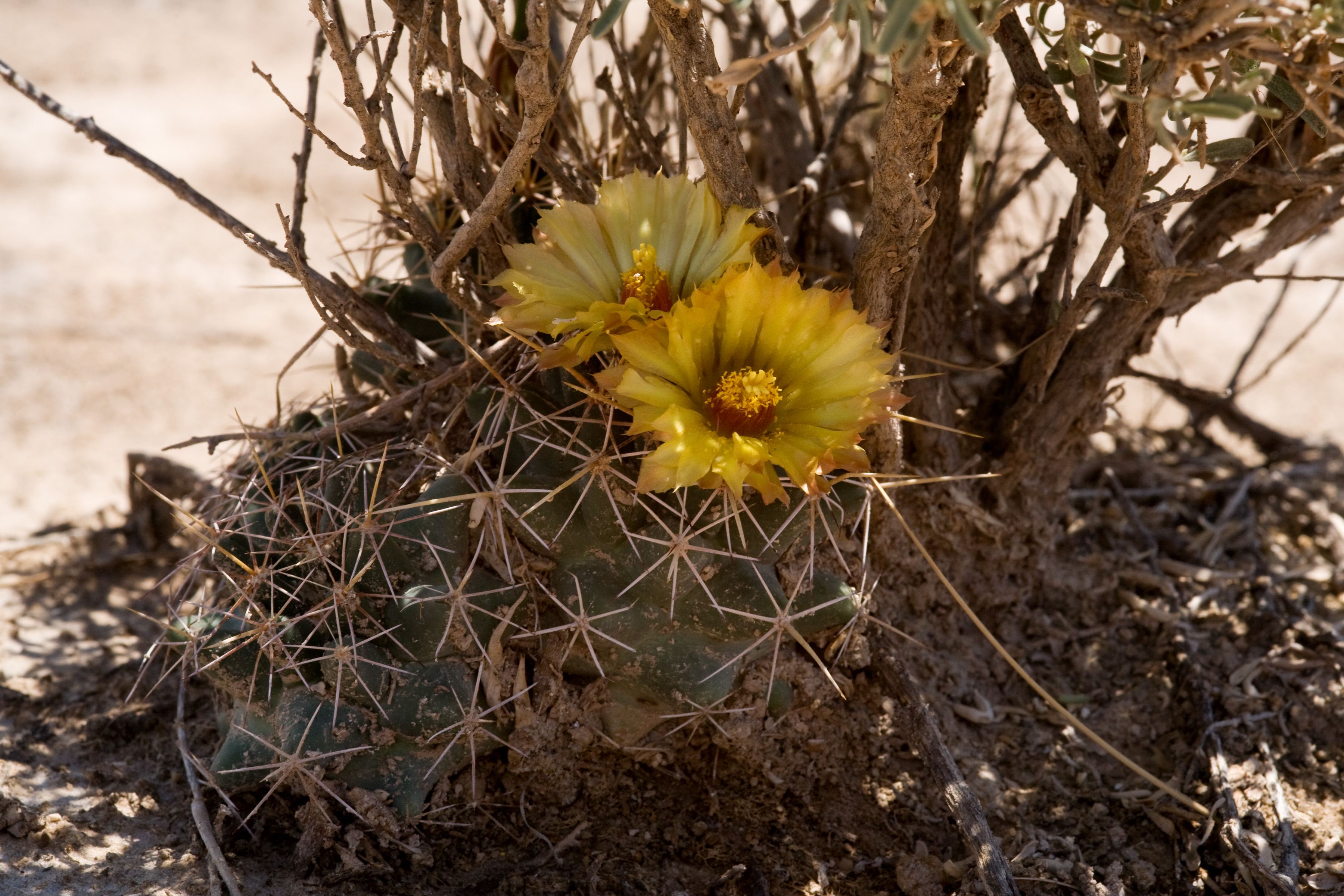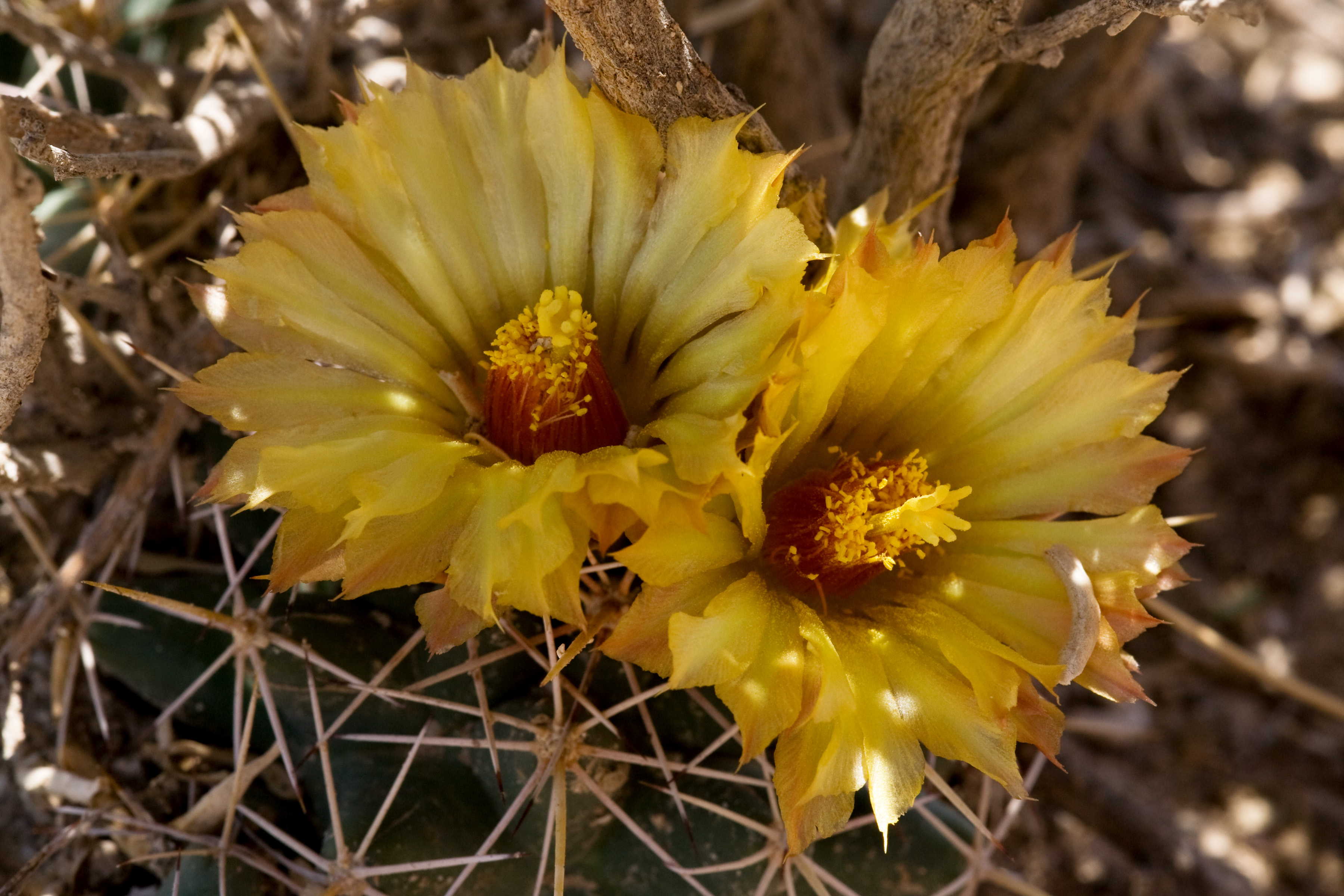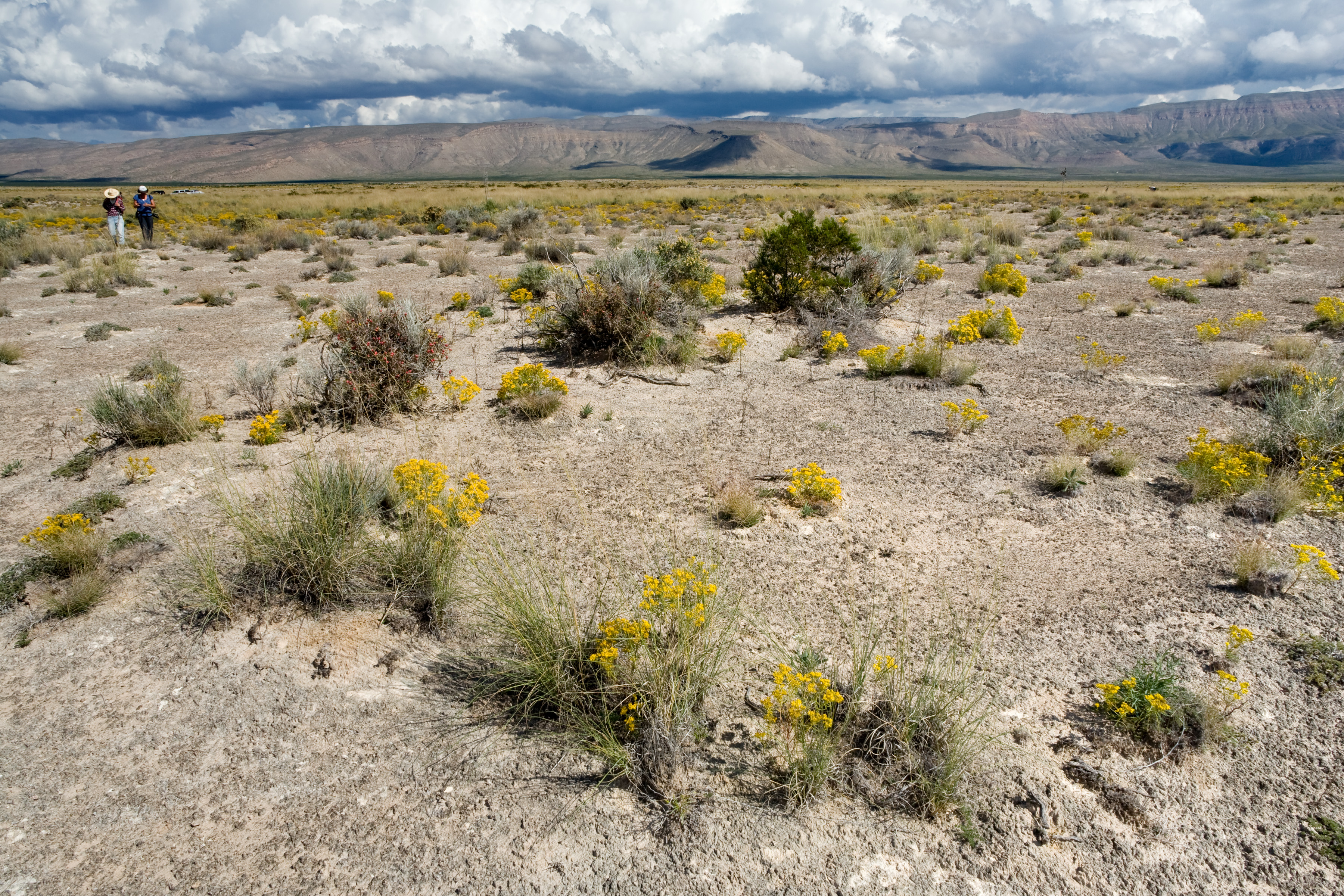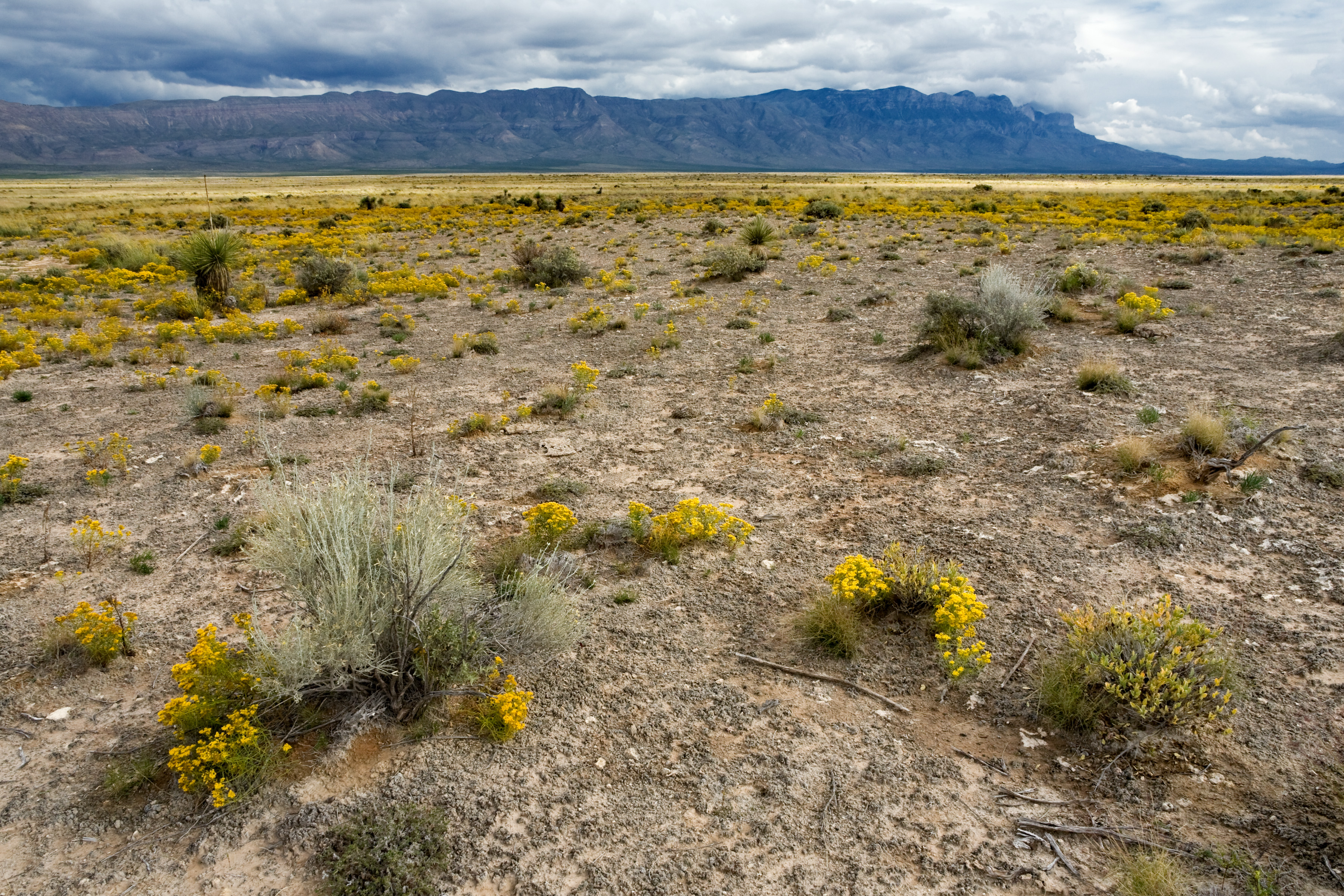There are two weeks left in the internship and things are winding down here in Carson City. The seasons are changing and the last few species are dropping their seed. Our work has turned from primarily fieldwork to primarily office work, trying to squeeze one last field week in before we hunker down and write up our reports. It has been getting quite a bit colder in the past few weeks. There is snow on the Sierra Nevadas now. The season change was one that I had never seen before. Just as it started getting cold enough to snow, the few deciduous trees out here in the desert started to change color and senesce. It made for this weird phenomenon where nothing changed except for small flaming streaks that highlighted riparian areas across the rolling mountains. Other than those small streaks, there has been no significant change in the way this desert looks. It is quite beautiful, but also gave me perspective on the types of plants that can withstand the harsh environment here. While it is fall, it certainly isn’t the rolling autumn colors of the Midwest, which I have been used to seeing these past four years.
(The senescence of the deciduous trees on the eastern side of the Sierras, near Yosemite)
Earlier this week, we went on a small day trip to a nearby town of Dayton, in order to collect seeds. We had found a nice patch of Gutierrezia sarothrae (which we just call Gouda), in the foothills. I sat down to check out the seed viability to see if the Gouda was ready for collecting. Just as I was finishing, one of my coworkers casually said, “There is a tarantula right behind you.” I have heard people prank others by saying “What’s that behind you,” and so at first I thought he wasn’t being serious. Of course, I still reacted to that comment and jumped immediately out of seat, making sure to shake the back of my shirt. Lo and behold, my coworker was in all seriousness; sitting not a foot away was a tarantula! It was both awesome and freaky-looking at the same time. About the size of my palm, this tarantula was hovering, motionless above a hole in the rock. I am unsure how I missed it before, unless I moved the rock somehow and it appeared to protect its home. I had never seen a tarantula in the wild, which was really cool, and now I can check that off my list. This tarantula was weird though, and it took us a few minutes to realize why. I guess some bird or small mammal nearby had a nice tasty snack at some point because this was a seven-legged tarantula!
(Seven-legged tarantula facing down over the small rock hole)
Here is to another two weeks!
Ari











